Art is too subjective to do well at your typical charity auction. You run the risk of no one in attendance loving the piece enough to bid on it. At charity events, artwork rarely sparks a bidding war. Most of the time artwork will sell to the one person who wants it, if it sells at all. Even if you have the right professionals to evaluate the artwork, it’s probably not worth including art in your auction.
An exception to this is if your nonprofit works with the art community. In that case, your audience would naturally include those more interested in acquiring pieces of art.
Clothing and jewelry are similarly subjective, though often far less expensive than a piece of art. Physical items of clothing are a particularly difficult sell because they rely on someone being the proper size and finding the item appealing.
Again, there are exceptions to this. The famous Wine Women & Shoes events make incredible amounts of money each year on the premise of clothes and shoes. But, this is a highly specialized event and what works here is not going to translate well to a typical nonprofit auction.
Instead aim for these items:
- Trips. Trips are a no-brainer at charity auctions. Aim for trips that are all-inclusive, or bundle hotel rooms with airfare and an experience at the trip destination. And always look for trips that attendees would likely not be able to access on their own. We’re talking once-in-a-lifetime, exclusive experiences. One of my favorite sources for trips is HGAFundraising.com. They offer amazing packages at literally unbeatable prices, guaranteeing your nonprofit a huge return on your investment.
- Food and Wine. Food and wine are the juggernauts of nonprofit auctions. They always sell. Wine often sells for far more than retail rate. Load up on restaurant experiences and local wines whenever possible.
- Experiences. Tickets to events: sports games, the opera, the ballet, etc., are all great options for any charity event. Many times the people attending your events don’t want for things in their everyday lives. Offering experiences rather than items encourages your guests, who may not want to bid on a physical item, to get in on the action.
Generally speaking, when sourcing items for a charity auction, aim for items that have a broad appeal. You want as many people as possible bidding on each item. Trips and experiences are always your best bet, especially if you can get your hands on some truly one-of-a-kind experiences that your guests aren’t able to get elsewhere. And whatever you do, stay away from clothing items that rely on sizing.

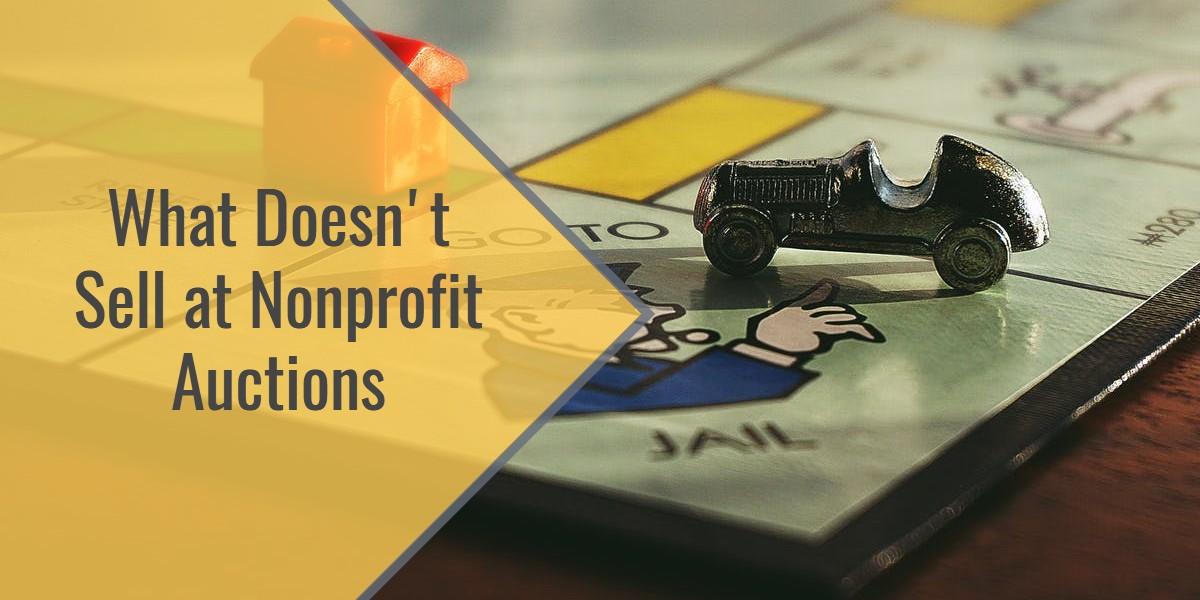
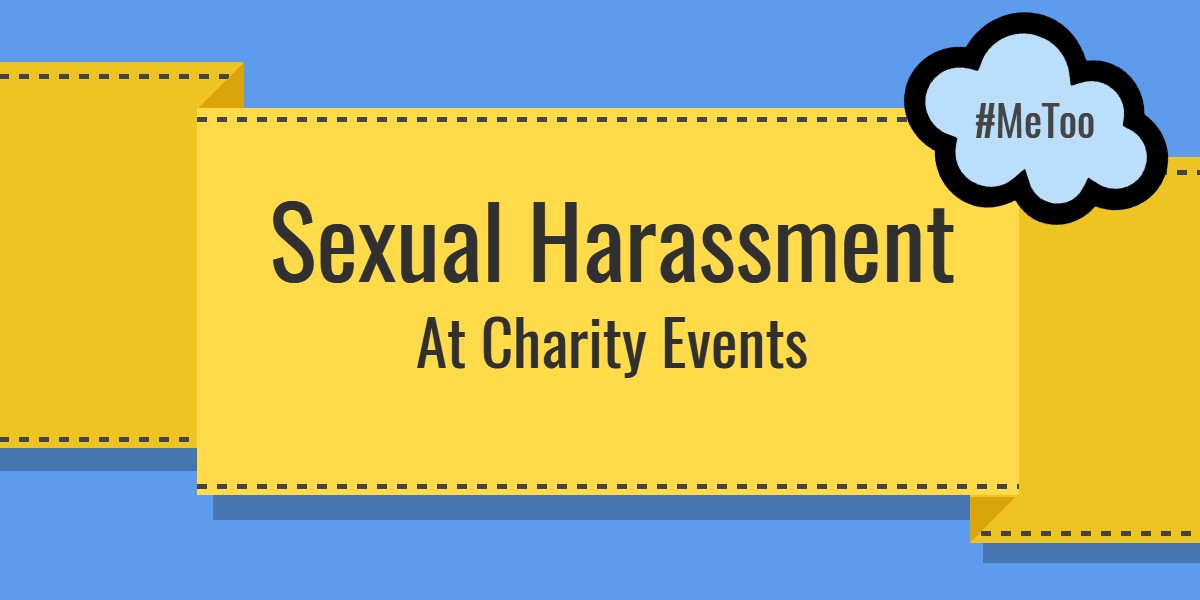
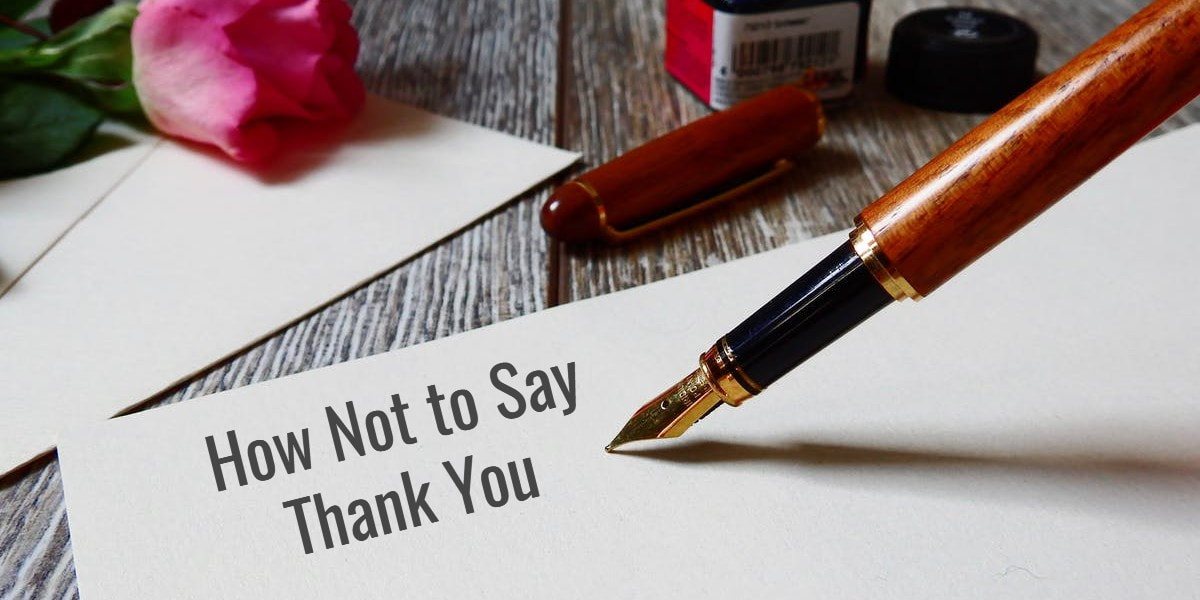
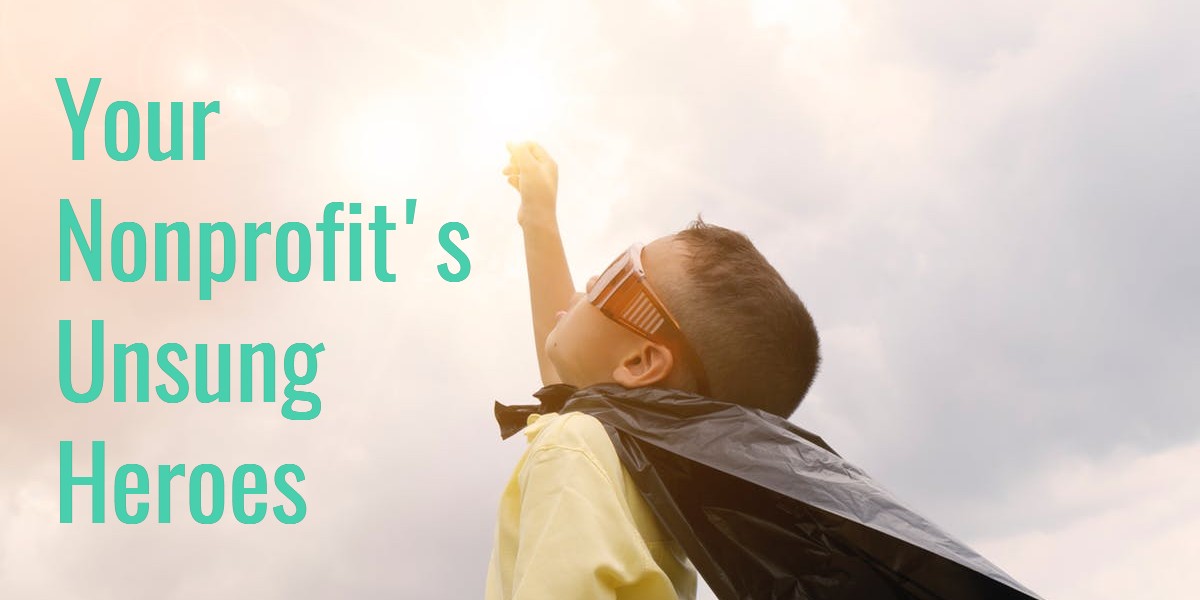
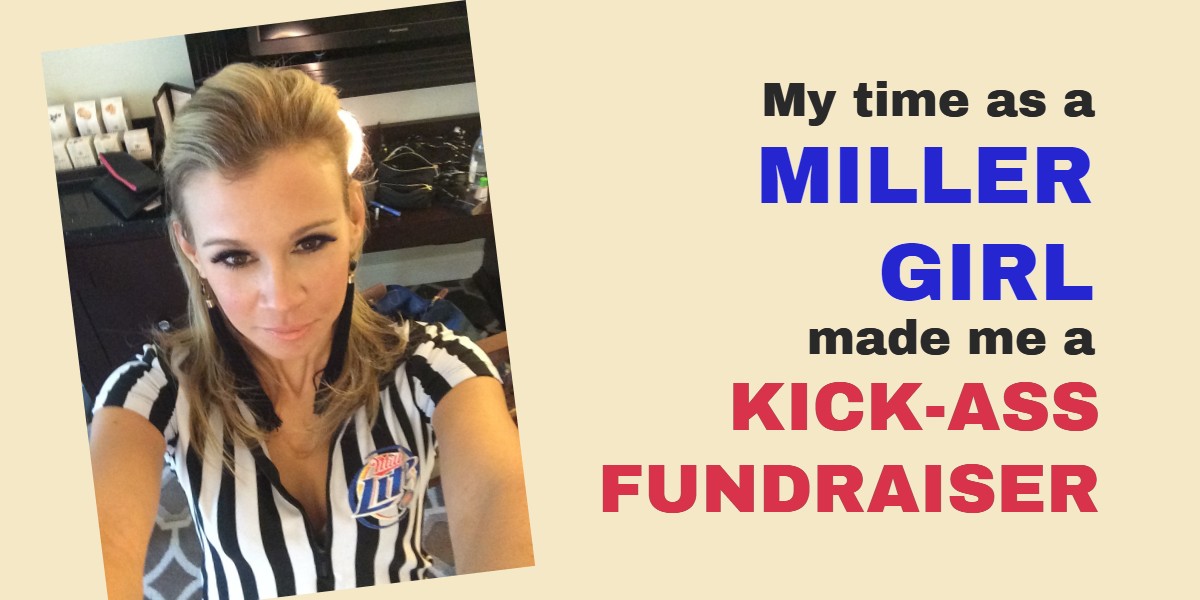
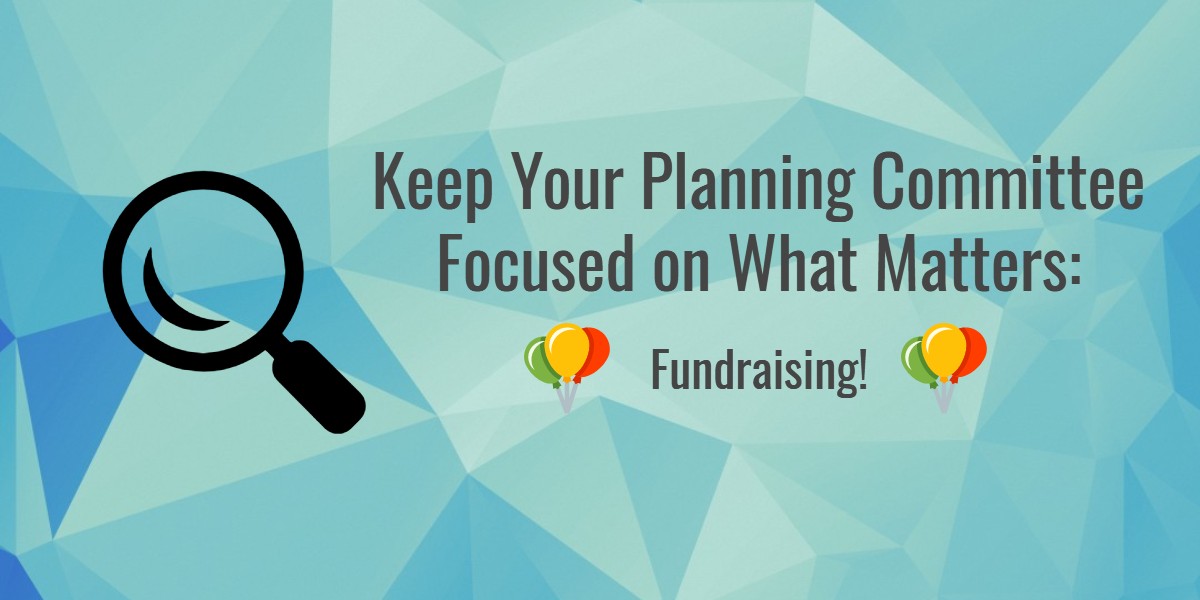
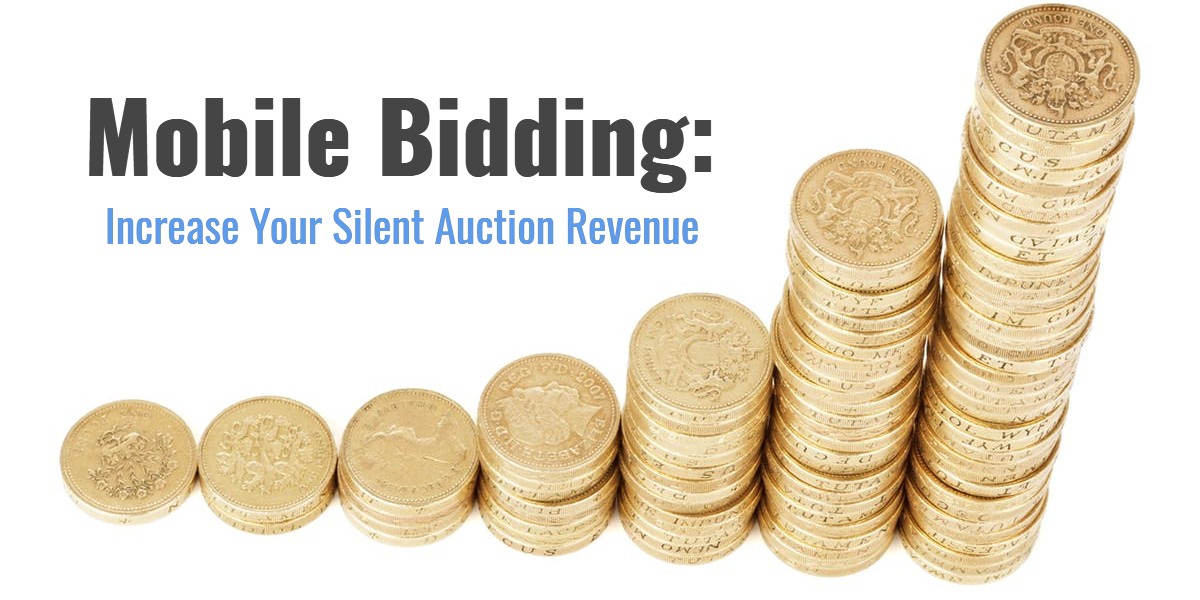
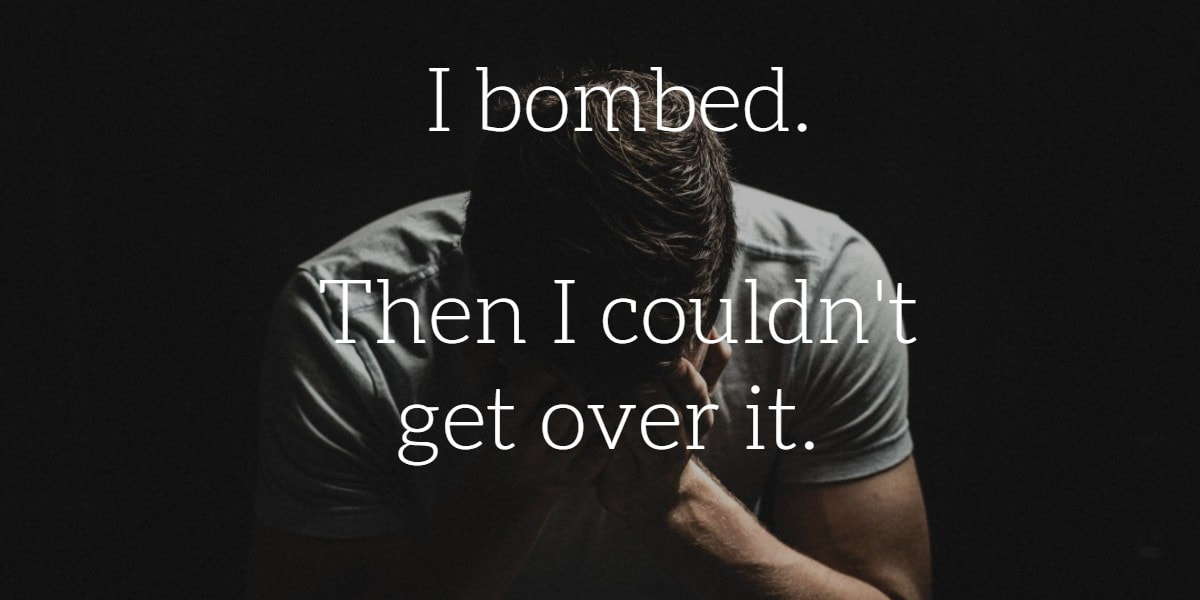

 RSS Feed
RSS Feed